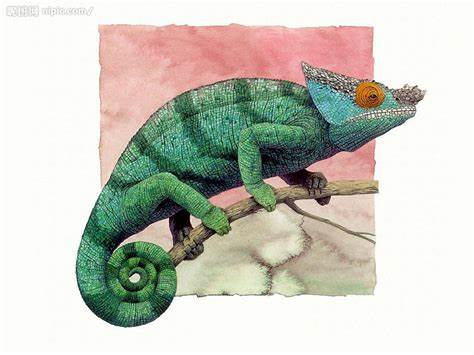Feline oral care -- why it is critical?
There are two sets of teeth in cat's lives. There are twenty-six deciduous teeth, which is also known as the kitten teeth, and 30 permanent teeth or adult teeth. According to the data provided by Purina, dental problems occur in about 85% of cats 3 years and older. Dental tartar, one of the most common dental issues observed in cats, forms on the outside of the feline teeth as this is where the food particles and bacteria are accumulated. Brushing your cat’s teeth regularly is the simplest and safest way to avoid this issue. The reason why it is important to avoid the formation of dental tartar (and treat it if it already formed) is because it may lead to periodontal disease or/and loss of a tooth. Periodontal disease is caused by the bacteria present in the dental plaque, and in the first stage of the condition causes the inflammation of the gums (gingivitis). If the condition remains untreated, gingivitis may lead to the loss of a tooth which is a sign of periodontitis (the advanced stage of the disease). When the disease advances so far, it may lead to bacteria reaching the bloodstream and damaging kidneys and other organs. The most obvious signs of dental issues are bad breath, red and sensitive gums, dental plaque (it is usually yellowish to brown) and excessive drooling.
Please note that you should never use toothpaste designed for humans for your cat. Our toothpaste contains xylitol, a sweetener found to be extremely toxic to both cats and dogs. When digested in the cats and dogs, xylitol significantly elevates the levels of insulin in the bloodstream. The level of insulin will be about 6 times higher than for an equal amount of actual sugar. Insulin promotes transport of sugar from the blood to the cells, and such high levels may lead to hypoglycemia - very low sugar levels in the blood. Hypoglycemia further leads to weakness, vomiting, seizures and in severe cases coma!
Instead, use the toothpaste designed specifically for cats. You may even be able to find toothpastes with special tastes which may make your cats willing to cooperate with you. When you attempt to brush your cat’s teeth, make sure to be persistent but gentle and always use a toothbrush with soft bristles. If you can’t seem to successfully train your cat for this, then you may want to consider using oral hygiene gels or dental chews that contain enzymes which inhibit the bacteria forming dental tartar. The gels can be applied directly or with food.
By providing your cat with well-balanced diet, loads of activity and appropriate coat and dental hygiene, you are helping improve the quality and length of your cat’s life. While it is challenging to form and stick to the coat grooming and teeth brushing routines, with the right amount of time and determination, it is very much possible to train your cat to cooperate and make the job easier for both yourself and your cat. While attending to these tasks, you will also have a better insight in your feline’s general health condition which may help diagnose underlying conditions early in advance.
Please note that you should never use toothpaste designed for humans for your cat. Our toothpaste contains xylitol, a sweetener found to be extremely toxic to both cats and dogs. When digested in the cats and dogs, xylitol significantly elevates the levels of insulin in the bloodstream. The level of insulin will be about 6 times higher than for an equal amount of actual sugar. Insulin promotes transport of sugar from the blood to the cells, and such high levels may lead to hypoglycemia - very low sugar levels in the blood. Hypoglycemia further leads to weakness, vomiting, seizures and in severe cases coma!
Instead, use the toothpaste designed specifically for cats. You may even be able to find toothpastes with special tastes which may make your cats willing to cooperate with you. When you attempt to brush your cat’s teeth, make sure to be persistent but gentle and always use a toothbrush with soft bristles. If you can’t seem to successfully train your cat for this, then you may want to consider using oral hygiene gels or dental chews that contain enzymes which inhibit the bacteria forming dental tartar. The gels can be applied directly or with food.
By providing your cat with well-balanced diet, loads of activity and appropriate coat and dental hygiene, you are helping improve the quality and length of your cat’s life. While it is challenging to form and stick to the coat grooming and teeth brushing routines, with the right amount of time and determination, it is very much possible to train your cat to cooperate and make the job easier for both yourself and your cat. While attending to these tasks, you will also have a better insight in your feline’s general health condition which may help diagnose underlying conditions early in advance.




 Login
Login
 Register
Register


